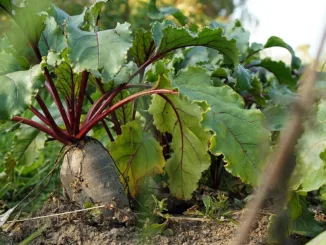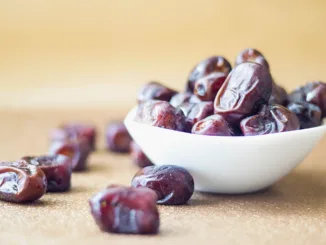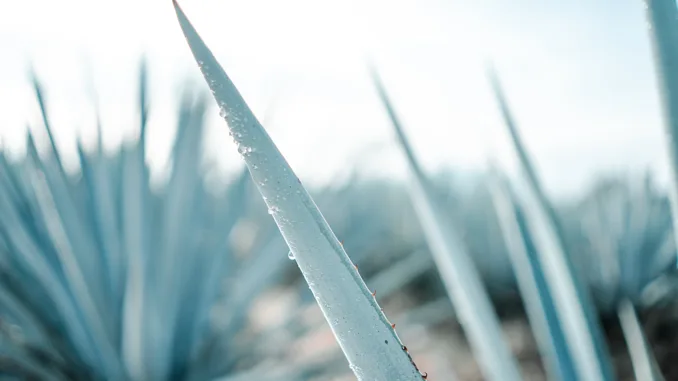
Known today primarily as a sweetener, agave can be traced back thousands of years.
BY EMILY JOY MENESES
BARISTA MAGAZINE ONLINE
Featured photo by Bruno Cervera via Unsplash
Recently, we launched our brand new article series “Know Your Sweeteners,” where we’re discussing a variety of sweeteners and syrups, and analyzing the unique characteristics of each one. Today, we’re centering our discussion around agave, uncovering where the plant comes from, its cultural significance and traditional use, and its role in the coffee world today.
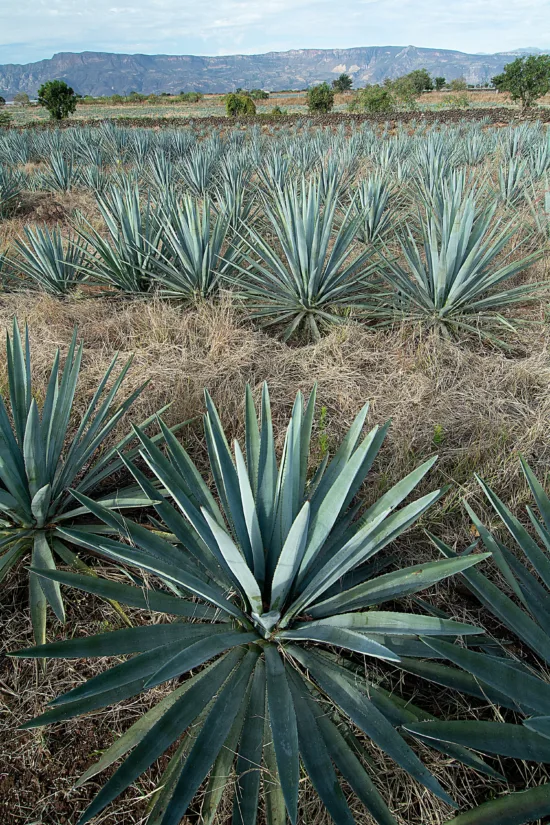
Origins and Indigenous Use
The agave plant is native to the Americas and the Caribbean. Though today it’s commonly known as a sweetener and the source of tequila, its medicinal and culinary usage can be traced back thousands of years—long before colonization.
Historians reveal that indigenous peoples like the Aztecs used agave fibers to create clothing, footwear, paper, and building materials. They often incorporated fermented agave sap—an alcoholic beverage called pulque—into religious ceremonies. They considered the drink to be a gift from the gods. It was associated with deities like Mayahuel, the goddess of fertility, and Tlaloc, the god of rain. The Aztecs offered pulque to the gods during religious ceremonies as they prayed for the health and well-being of their crops. Spiritual leaders would consume the beverage to better communicate with the divine. These practices would continue for hundreds of years, until the arrival of the Spanish began to change how the region made use of the agave plant.
In the 1500s, Spanish colonizers discovered the agave plant in the Americas. Looking for a substitute to the brandy that they were running short of at the time, they jumped at the opportunity to distill the blue agave plant into tequila. In the early 1600s, the first tequila distillery would open in modern-day Jalisco, Mexico. Tequila became a major part of the region’s economy over the next few hundred years.
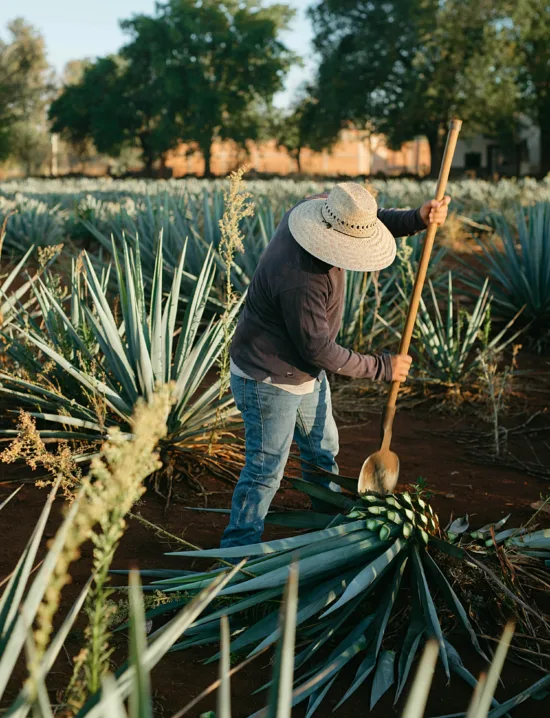
Agave as a Sweetener
In recent years, agave nectar has become a popular alternative to sugar, with health enthusiasts preferring it because of its low glycemic index. While there’s still much debate on whether or not agave is “healthier” than sugar, many consumers and café owners continue to seek it out simply for its flavor profile.
Different types of agave syrup offer different tastes—for example, the light syrup is more mild, while amber syrup and dark syrup present more distinct, warm caramel flavors. Compared to honey, agave is thinner in consistency, making it easier to dissolve in cold beverages liked iced tea or coffee.
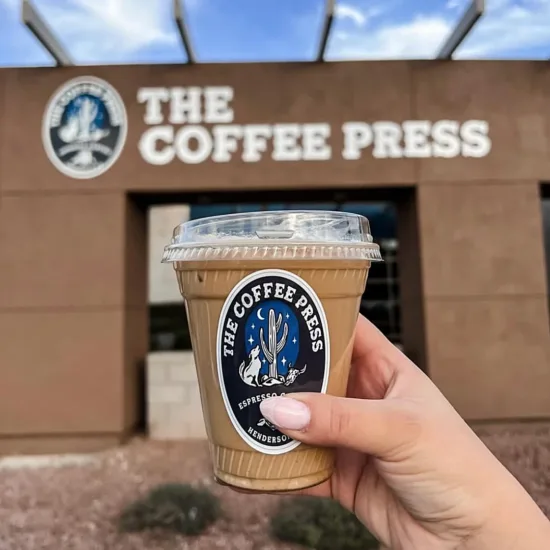
Looking to the Future
As agave continues to gain popularity in the coffee world, discussions on its environmental impact are also coming to the surface—something that we’ll discuss in a second installment of this article, where we’ll take a closer look into the sustainability of the ingredient.
ABOUT THE AUTHOR
Emily Joy Meneses (she/they) is a writer and musician based in Los Angeles. Her hobbies include foraging, cortados, vintage synths, and connecting with her Filipino roots through music, art, food, and beverage.
Subscribe and More!

Out now: It’s the December 2023 + January 2024 issue! Read it for free with our digital edition. And for more than three years’ worth of issues, visit our digital edition archives here.
You can order a hard copy of the magazine through our online store here, or start a subscription for one year or two.



